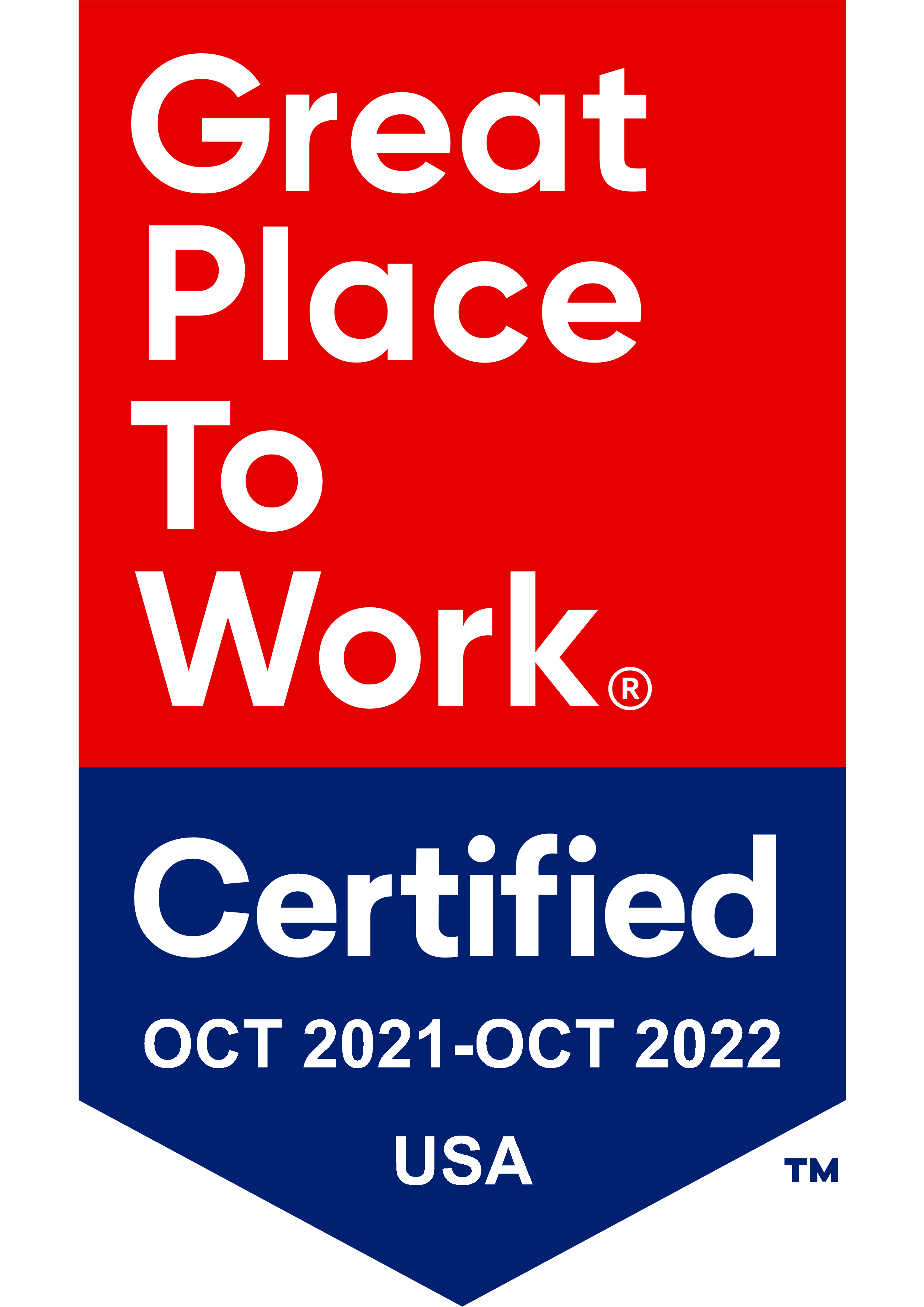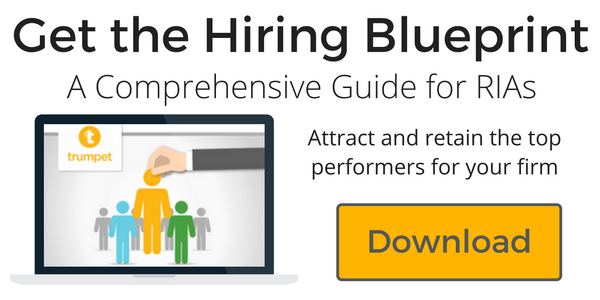 There are only 24 hours in a day. And it can feel like even less than that when your firm is swamped with work with too few people to get the job done. Can you relate to this?
There are only 24 hours in a day. And it can feel like even less than that when your firm is swamped with work with too few people to get the job done. Can you relate to this?
Many RIA firms’ go-to solution when this problem arises is to hire more staff. But they quickly find one of two things:
- The individual doesn’t actually have enough to do, or
- They are doing a lot but still nothing is actually getting completed
If you’ve experienced this, you’re not alone. So why does this happen?
Many firms make the mistake of hiring an employee they don’t need because they didn’t properly evaluate the situation. Was it really that the workload was becoming too much for the current staff? Or was there a different problem entirely?
Without proper evaluation, you might hire an employee because you think you need them, when really, it’s a matter of making your processes and technology more efficient.
This is not a new phenomenon. In fact, many businesses are quickly realizing that not only is an investment in technology important, but the ROI is greater in technology than employees, at least in some cases.
However, if you’ve invested in technology and aren’t sure it has a greater ROI, it could be that you’re not setting the technology up to work for you. You can determine if your technology is making life easier with simple process improvement tools and techniques.
So how do you know whether it’s an employee issue or a processes or technology issue?
Ask yourself:
- Are your employees experiencing burnout?
- Do your processes have any inefficiencies?
- Are your processes currently undefined, or not measured or monitored?
- Are there any bottlenecks creating project delays or missed deadlines?
Did you answer yes to one or more of those questions? Then that’s probably a sign that your business has some inefficient processes. Don’t fret though, process improvement tools can offer a simple solution.
Understanding the root of the problem - and not just the symptoms - is the first step to solving the problem. If you’re simply evaluating the symptoms of the problem, you’ll end up spending unnecessary time and money and end up right back where you started.
If you’ve determined that it’s truly a matter of processes and technology, it’s time to employ your process improvement tools to make small changes that have a big impact.
Flowcharts
Flowcharts are an effective process improvement tool to determine if your processes are inefficient. Map out your workflows and eliminate any unnecessary steps, or automate steps that are currently being carried out manually. For example, we find a lot of financial firms wasting time with manual document management. Automating document management and document search can save hours every week!
Build Your Baseline
Another process improvement tool that can help improve efficiency is building a baseline. Define what is currently going on in all aspects of your processes. This should help you determine where you need to focus your efforts to see the greatest improvement. Refer back to this baseline after you’ve updated your processes to determine if your changes made an impact. Building a baseline is particularly important when it comes to reporting. It’s critical that reporting is accurate, so building a baseline can help you to reduce errors, and improve workflow efficiency.
Technology Upgrade
Many softwares and technologies, such as document management systems, are robust and complex. And often times we aren’t as fluent in them as we think. If you’re finding that you’re not utilizing all of your technology’s capabilities, was it really worth the investment? It may be time to reevaluate and enhance your technology.
If there’s an issue in your business, don’t jump the gun. Thoroughly evaluate the situation before settling on a solution. It may take time now, but it will save you headaches later.
After evaluation, if you still see that you are lacking human resources, check out the RIA Firm Comprehensive Blueprint to Hiring by clicking below.





